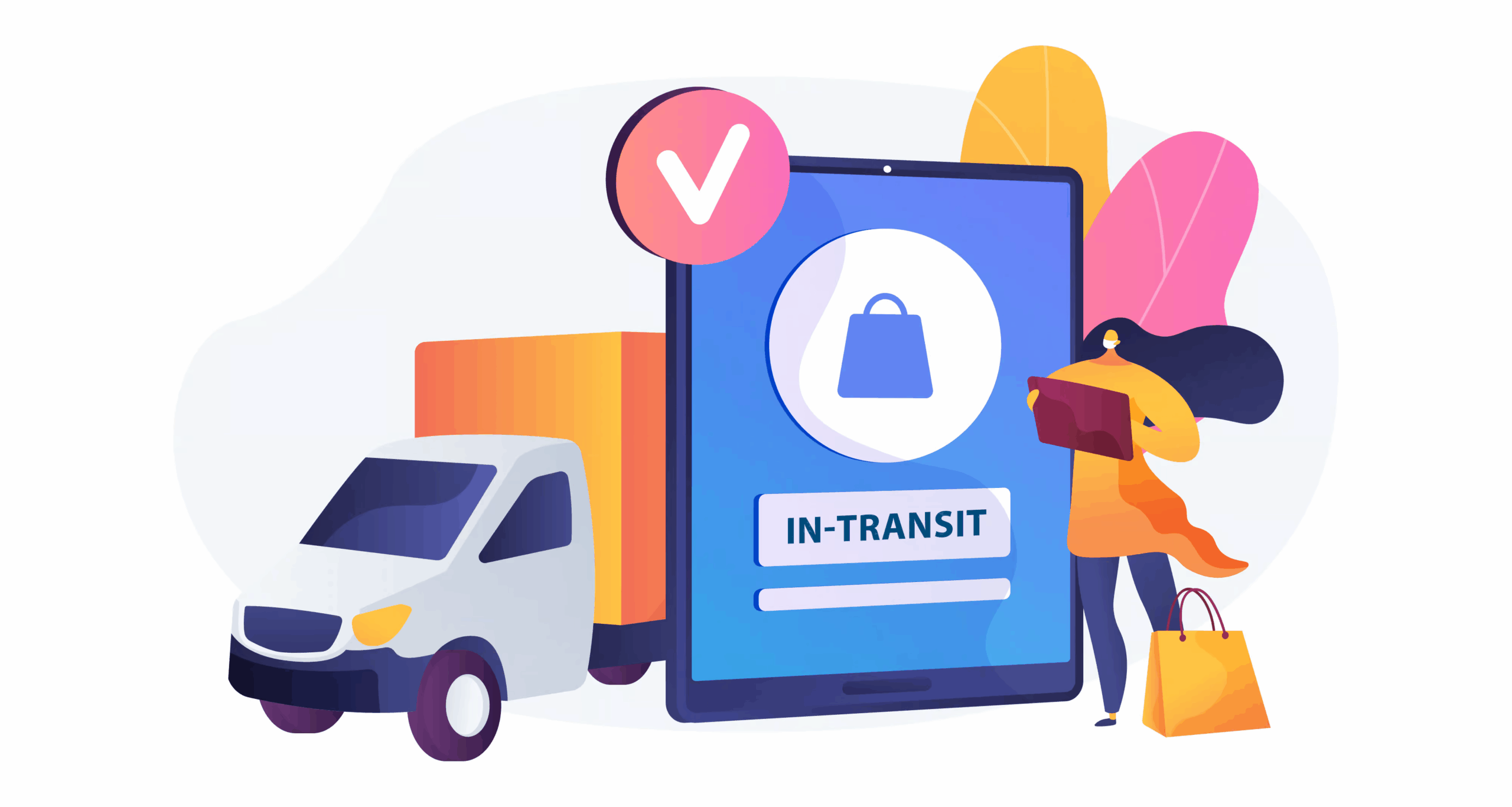Can International Shipment Tracking Replace Customer Portals?
International trade is more dynamic than ever, and businesses of all sizes depend on transparent and reliable logistics. As customer expectations increase, many companies are shifting focus toward tools that provide real-time visibility. This has raised an important question: can International Shipment Tracking fully replace traditional customer portals, or do businesses still need both? To answer this, we must examine how each solution works, the advantages and limitations they bring, and the role they play in the customer experience.
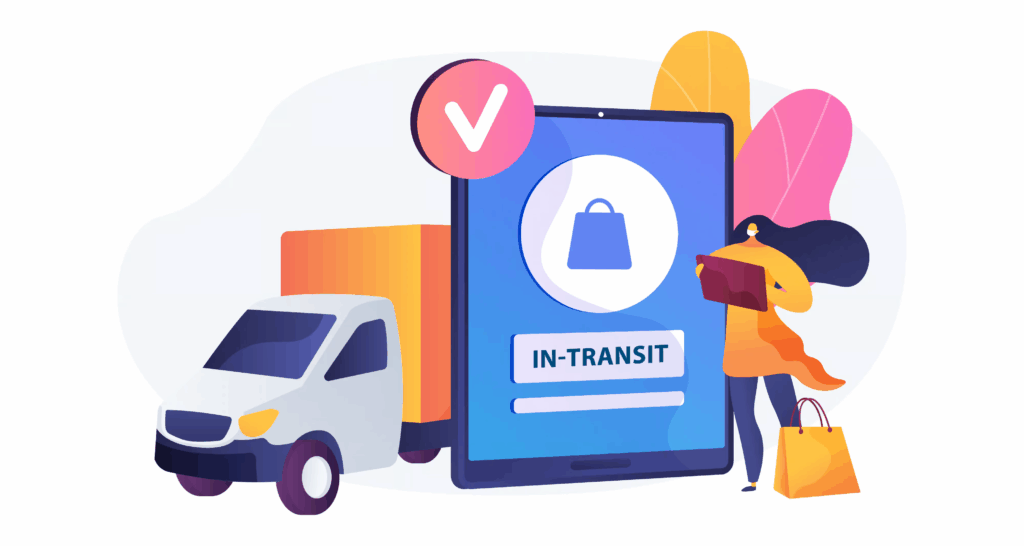
What Is International Shipment Tracking?
Real-Time Visibility
International shipment tracking refers to systems that allow customers and businesses to follow the journey of a package from the moment it leaves the warehouse until it reaches the final destination. These systems use data from multiple carriers, customs checkpoints, and local delivery partners to provide continuous updates.
Key Features of Shipment Tracking
- Real-time updates on package location.
- Notifications about customs clearance or unexpected delays.
- Multi-carrier integration for cross-border shipping.
- Mobile and desktop accessibility for customers.
- Improved accuracy of estimated delivery times.
International shipment tracking helps reduce uncertainty and builds trust, especially in cross-border trade where customers may wait days or weeks for delivery.
What Are Customer Portals?
Centralized Hubs for Customers
Customer portals are secure online platforms where buyers log in to manage their purchases and account details. Unlike tracking tools that only provide logistics data, portals cover a wide range of interactions.
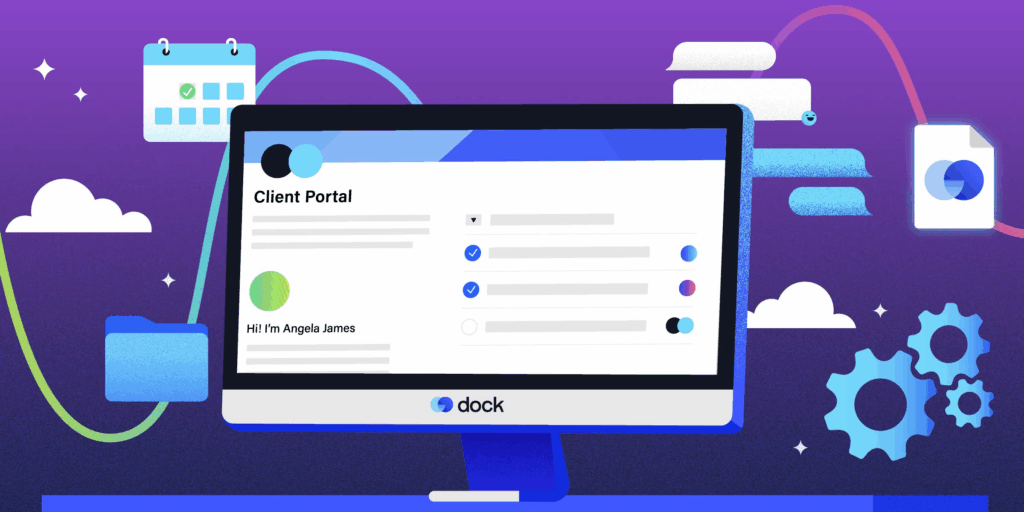
Functions of Customer Portals
- Access to order history and invoices.
- Management of payments, returns, and warranties.
- Ticketing and communication with support teams.
- Shipment tracking as one embedded feature.
- Personalized dashboards with customer-specific data.
In essence, portals are comprehensive service centers, while international shipment tracking focuses on logistics visibility.
Why Compare Tracking and Portals?
For many businesses, maintaining a customer portal requires significant investment in development, hosting, and ongoing updates. International shipment tracking tools, on the other hand, are lighter and often easier to integrate. Decision makers must evaluate whether shipment tracking alone can meet customer needs, or if portals are still essential.
Can Tracking Alone Replace Portals?
Where Tracking Tools Excel
- Transparency – Customers gain instant access to delivery status without contacting support.
- Ease of Use – A tracking number is enough; no logins or password resets are required.
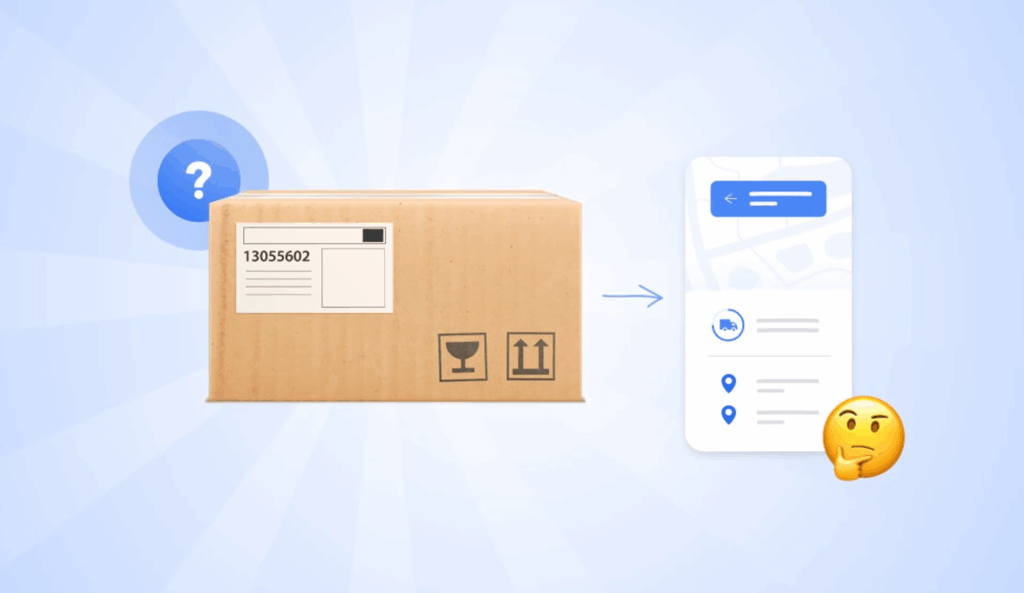
- Global Compatibility – Works seamlessly with carriers across different regions, making it ideal for businesses selling internationally.
- Speed of Implementation – Tracking tools can be deployed quickly, even by smaller businesses.
- Reduced Customer Service Workload – Clear tracking reduces “Where is my order?” inquiries.
Where Tracking Falls Short
- Limited Account Services – Customers cannot download invoices, update payment methods, or request returns.
- Restricted Support Channels – Most tracking tools only show logistics updates without providing direct support contact.
- Lack of Personalization – Tracking pages are usually generic and do not adapt to customer history.
- No Loyalty Features – Portals can store preferences and purchase history, helping businesses build long-term relationships.
International shipment tracking excels at solving logistics visibility issues but cannot replace the broader functions of portals in industries that require more complex services.
When Is International Shipment Tracking Enough?
Suitable Scenarios
- Small E-Commerce Stores – Businesses with simple sales models often find tracking sufficient.
- Dropshipping Models – Sellers who rely on global suppliers use tracking links to keep customers informed.
- Low-Cost Consumer Goods – For affordable items, customers mainly care about delivery updates rather than detailed order records.
- Seasonal or Limited-Time Sales – When customer interactions are short-term, tracking is the most practical solution.

Practical Example
Consider an independent online shop selling phone accessories. The owner can provide international shipment tracking numbers after each order, keeping customers satisfied with real-time updates. Building and maintaining a customer portal would add cost without delivering proportional benefits.
When Do Businesses Still Need Portals?
Complex Business Models
- Wholesale and B2B – Business clients require invoicing, bulk ordering, and contract management.
- Subscription Services – Customers expect to manage recurring orders and payment cycles.
- High-Value Goods – Buyers of expensive items want access to secure portals for warranties, documentation, and personalized support.
Customer Expectations
Well-known brands often need portals to maintain a professional image. Customers expect more than just tracking—they want complete account access, communication options, and self-service tools that tracking alone cannot provide.
How Do International Shipment Tracking and Portals Work Together?
Complementary Roles

Rather than competing, shipment tracking and customer portals can work together. Many companies embed tracking directly into portals, combining transparency with broader customer services.
Example of Integration
- A customer logs into the portal.
- They check their invoices, manage saved addresses, and contact support if needed.
- They click on “Track Shipment” to view real-time delivery updates.
This integrated model delivers both transparency and self-service features, offering the best of both systems.
Future Trends: Could Tracking Replace Portals Eventually?
Expanding Capabilities of Shipment Tracking
Modern tracking tools are evolving rapidly.
- AI-Powered ETAs – Algorithms predict delivery times with greater accuracy.
- Integrated Chat Support – Customers can reach agents directly from the tracking interface.
- Branded Tracking Pages – Businesses can add logos, promotional banners, and customized updates.
- Proactive Alerts – Customers receive automatic updates by email, SMS, or messaging apps.
Possibility of Replacement
If tracking platforms continue to expand into billing, returns, and direct communication, they could become functional replacements for portals in certain industries. Still, for businesses with complex customer management needs, portals will remain necessary.
Benefits of Focusing on International Shipment Tracking
Even when portals are required, improving shipment tracking brings immediate value.
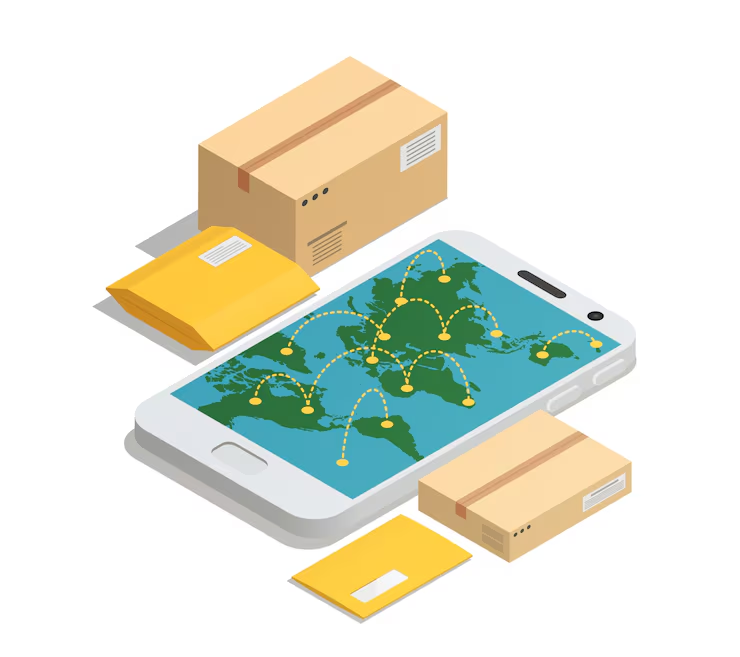
- Customer Satisfaction
- Real-time visibility reduces uncertainty.
- Customers feel more secure knowing the exact status of their package.
- Operational Efficiency
- Fewer support inquiries allow customer service teams to focus on complex cases.
- Automated updates reduce manual communication with customers.
- Brand Differentiation
- Advanced tracking shows that a business values transparency.
- Branded tracking experiences can turn a functional tool into a marketing channel.
Should You Prioritize Tracking or Portals?
For Startups and SMEs
International shipment tracking is often enough. It is affordable, easy to implement, and directly addresses customer concerns.
For Growing and Enterprise Businesses
A portal with integrated tracking is the stronger choice. It combines full account management with transparency and builds stronger customer loyalty.
Balanced Strategy
- Begin with strong international shipment tracking.
- Add portal features as order volume and complexity increase.
- Always evaluate based on customer expectations and operational costs.
Conclusion
International Shipment Tracking has changed how customers interact with logistics. It offers transparency, simplicity, and global reach. Yet it cannot fully replace customer portals in industries where clients expect detailed records, payment management, and customer support.
For many businesses, integration is the best strategy: build portals that include advanced tracking while keeping customers informed at every stage. For smaller businesses with limited resources, robust tracking alone may be enough to deliver a satisfying customer experience.
To learn more about solutions that bring together visibility, efficiency, and flexibility, visit Postalparcel and discover how to take your logistics management to the next level.
Industry Insights
news via inbox
Nulla turp dis cursus. Integer liberos euismod pretium faucibua

